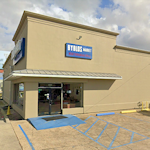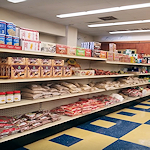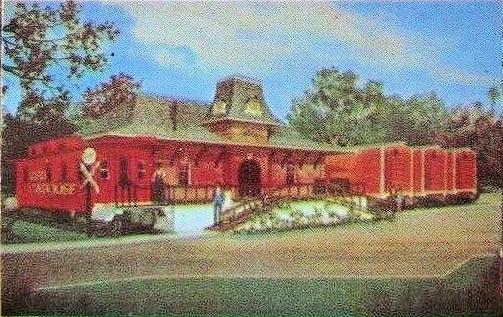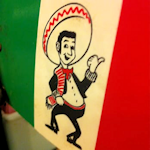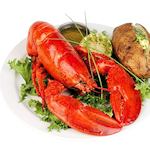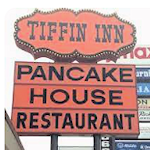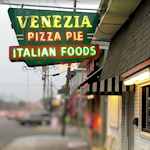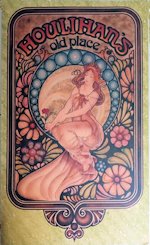Grillades (pronounced "gree-yahds") and grits is a deeply rooted dish in Louisiana Creole and Cajun cuisine, traditionally served for breakfast or brunch but hearty enough for any meal. The dish reflects the rich culinary traditions of New Orleans, combining French, Spanish, and African influences with Southern comfort food.
Origins of Grillades
The word grillades comes from the French griller, meaning "to grill" or "to broil." However, in Louisiana, grillades are not grilled but rather slow-braised in a flavorful tomato-based gravy. Early French settlers in Louisiana brought with them the concept of stewing meat in a sauce, a technique that was adapted to local ingredients and tastes over time.
Initially, grillades were made with veal, reflecting the French preference for delicate meats. As the dish became more popular across Louisiana, especially in rural areas where veal was less common, cooks substituted beef or pork. The inclusion of onions, bell peppers, and celery—the "Holy Trinity" of Louisiana cooking—along with tomatoes and spices, gave grillades a distinct Creole character.
Grits: A Southern Staple
Grits, made from ground corn, have Native American origins. Indigenous tribes, particularly the Muscogee (Creek) people, were grinding and boiling maize long before European settlers arrived. When the French, Spanish, and Africans came to Louisiana, they incorporated grits into their cooking. The dish of grillades and grits emerged as a fusion of Old World techniques and New World ingredients.
Creole vs. Cajun Influence
Grillades and grits is primarily a Creole dish, associated with New Orleans and the city’s Sunday brunch culture. In the 19th century, it became a popular dish served after church or at special gatherings, particularly in elegant Creole homes. The dish was often enjoyed with coffee and chicory or a brandy milk punch, another New Orleans favorite.
In Cajun country, grillades took on a more rustic form, often using pork instead of veal or beef. The gravy might be darker, and tomatoes were sometimes omitted in favor of a brown roux-based sauce, closer to a Cajun-style stew.
Modern Popularity
Today, grillades and grits remain a staple of New Orleans cuisine, often featured at jazz brunches, family gatherings, and festivals. Restaurants such as Brennan’s and Commander’s Palace in the French Quarter have helped keep the dish alive, sometimes elevating it with high-end ingredients like wagyu beef or truffle-infused grits. Despite these gourmet variations, the heart of the dish remains the same: tender meat in a rich gravy, served over creamy grits.

